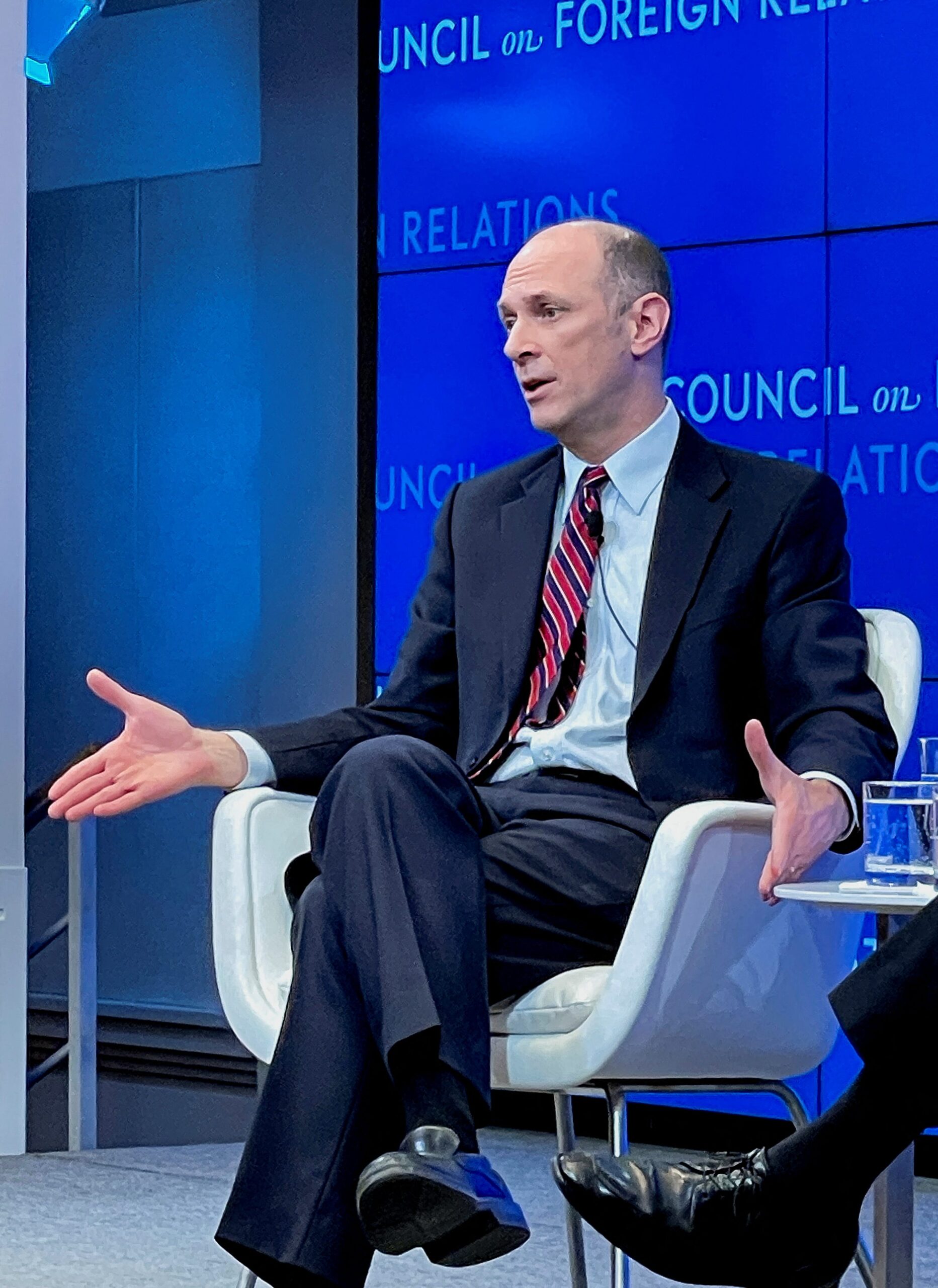
Federal Reserve Faces Uncertainty Amid Trump’s Economic Policies
Federal Reserve Chair Jerome Powell faced questioning from U.S. lawmakers on Tuesday regarding the central bank’s plans to resume its interest rate cutting campaign. However, Powell expressed hesitation, acknowledging the uncertainty created by President Donald Trump’s economic policies.
Unpredictable Impact of Trump’s Policies
Powell highlighted the challenges presented by Trump’s tariffs and immigration crackdown, which have generated significant uncertainty about the course of inflation and the economy. He stated, "We’re only just beginning to see – actually, are not really beginning to see much, and I think we need to – we need to let those policies be articulated before we can even begin to make a plausible assessment of what their implications for the economy will be."
Fed’s Dilemma
The Federal Reserve typically raises interest rates to cool the economy and lower them to stimulate growth. However, in the current environment, the central bank faces a dilemma. Some economists predict that the Fed will need to hold off on rate cuts due to the potential inflationary effects of Trump’s policies.
Conflicting Opinions Within Fed
Fed officials hold diverse views on the potential impact of Trump’s economic plan. Austan Goolsbee, president of the Federal Reserve Bank of Chicago, believes that rate cuts may still be necessary if inflation remains subdued and the labor market does not overheat.
In contrast, Fed Governor Christopher Waller is more hawkish and believes that tariffs should not raise concerns because they represent a "one-time" increase in prices. He argues that the Fed’s rates, which target consumer spending, are not directly relevant in this case.
Potential for Wage-Price Spiral
However, Goolsbee raises concerns that higher prices from tariffs could lead to increased wages, creating a potential wage-price spiral and further inflationary pressures. He also emphasizes the importance of monitoring consumers’ long-run inflation expectations to gauge their perception of the durability of current price increases.
Uncomfortable Scenario
Goolsbee acknowledges the possibility of a scenario where inflation rises due to both tariffs and a strong job market. In this situation, it becomes difficult to determine the primary driver of price increases, complicating the Fed’s policy decisions.
Fed’s Balancing Act
Goolsbee emphasizes the Fed’s need to consider both price stability and maximum employment. In the event of a conflict between these goals, the Fed’s response will depend on the specific context and the relative strength of these competing factors.
Uncertainty and Outlook
The Federal Reserve finds itself in a highly uncertain environment, with Trump’s economic policies creating significant challenges for its policymaking. The central bank will need to carefully monitor economic data and assess the evolving impact of these policies in order to make informed decisions regarding interest rates.
Factors to Consider
Goolsbee highlights several factors that the Fed will carefully monitor in the coming months:
- The extent to which tariffs actually translate into higher prices
- The impact of deportations on the labor supply and wages
- The potential inflationary effects of deregulation and tax cuts
- The persistence of consumers’ long-run inflation expectations
By considering these factors, the Fed aims to navigate the complex and uncertain economic environment created by Trump’s policies and fulfill its mandate of price stability and maximum employment.
